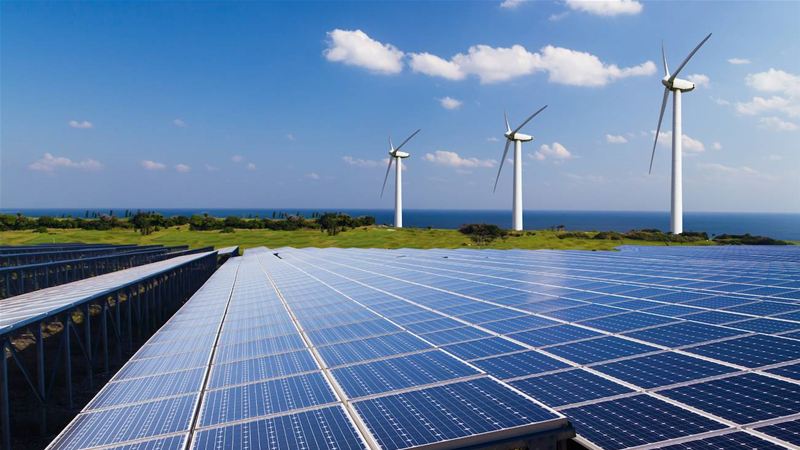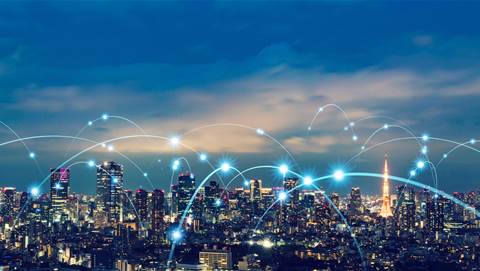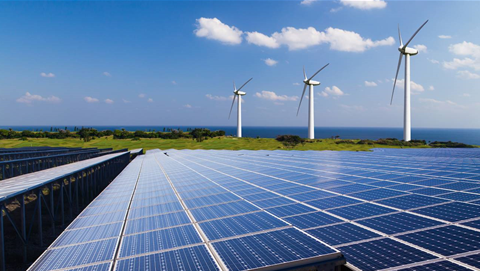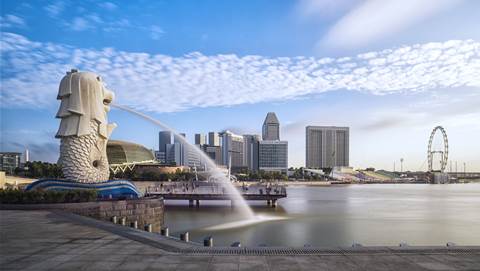A number of industry-specific factors, rooted in countering rising network costs is shaping efficiency efforts in the telecom sector.
At the same time, the mix of LTE and 5G upgrades in emerging and advanced economies (led by the US and China) is resulting in these technologies accounting for 60% and 20% of the global mobile connections, a white paper on 5G Energy Emissions authored by GSMA Intelligence and supported by China telco equipment provider ZTE revealed.
The impact of this shift will be a continued rise in mobile data traffic, estimated at 6.4 GB per user per month in 2019 and forecast to grow threefold on a per-user basis over the next five years. Combined with the rising costs of spectrum, capital investment, ongoing RAN maintenance/upgrades and adoption of energy-saving measures in network operations are becoming necessary rather than nice to have.
According to the white paper, to fundamentally reduce the energy consumption of radio access base stations, each part of the 5G network must be treated individually.
Effective tools include applying more efficient battery solutions, lowering energy consumption of equipment, implementing more intelligent AI-driven sleep states, and more targeted network deployment planning. These measures can achieve end-to-end energy saving and consumption reduction of radio access base stations, and build a green communication network for the benefit of users.
To help the fight on global climate change goals and reduce mobile network operational costs, energy saving has become a major priority and mission of the telecommunications industry. While mobile networks bring near ubiquitous access, convenience and entertainment to the public, as more people use their smartphones for video and other bandwidth hungry services over LTE and 5G, power and energy consumption will rise in the absence of interventions.
Wireless access network consumes the largest proportion of energy among the mobile network, and it is regarded as the main factor of energy consumption. As per the white paper data traffic is expected to grow three folds on a per user basis between now and 2025. The deployment and expansion of LTE and 5G networks will inevitably bring greater pressure to network energy consumption.
"Energy is a very large portion of the cost base for the operators, ranging from 20% to 40% of Opex across the industry," said Tim Hatt, Head of Research at GSMA Intelligence. "Things are moving quickly with energy efficient network technologies and a rebalancing of fuel sources towards renewables as more telcos set ambitious glidepaths towards carbon neutral and, eventually, net zero emissions. Energy and climate efforts are now very much front and centre objectives as part of doing business and not mere CSR."
The white paper analyses the background and principles of building and improving energy efficiency of communications networks in the 5G era from aspects of cost reduction, network performance optimization, energy security, and contribution to global carbon emission reduction. It also summarizes the feasibility of energy saving and consumption reduction through innovation from aspects of radio access network and wider network planning.
However, while 5G New Radio offers a significant energy-efficiency improvement per gigabyte over previous generations of mobility, the paper finds that new 5G use cases and the adoption of mmWave require more sites and antennas and are leading to the prospect of a more efficient network that could paradoxically result in higher emissions if there are intervention.
In recent years, ZTE has submitted over 500 green 5G innovation patent applications. By means of the high-performance chipsets developed, ZTE has been able to lower the power consumption of wireless base station equipment.
Based on energy saving functions and AI-based traffic load prediction, ZTE's 4G and 5G network energy saving solution, PowerPilot, is able to evaluate service requirements in real time and support the service with networks of higher energy efficiency to maximize energy efficiency in the entire network.
According to typical network configuration calculations, ZTE claims the energy saved by the PowerPilot solution is twice as much as that of the conventional AI-based energy saving solutions, and it can save up to 20% of energy in a multi-mode network, thereby effectively reducing the operational expenditure. To date, ZTE's PowerPilot energy-saving solution has been deployed on more than 600,000 sites with over 20 networks worldwide, saving operators.









